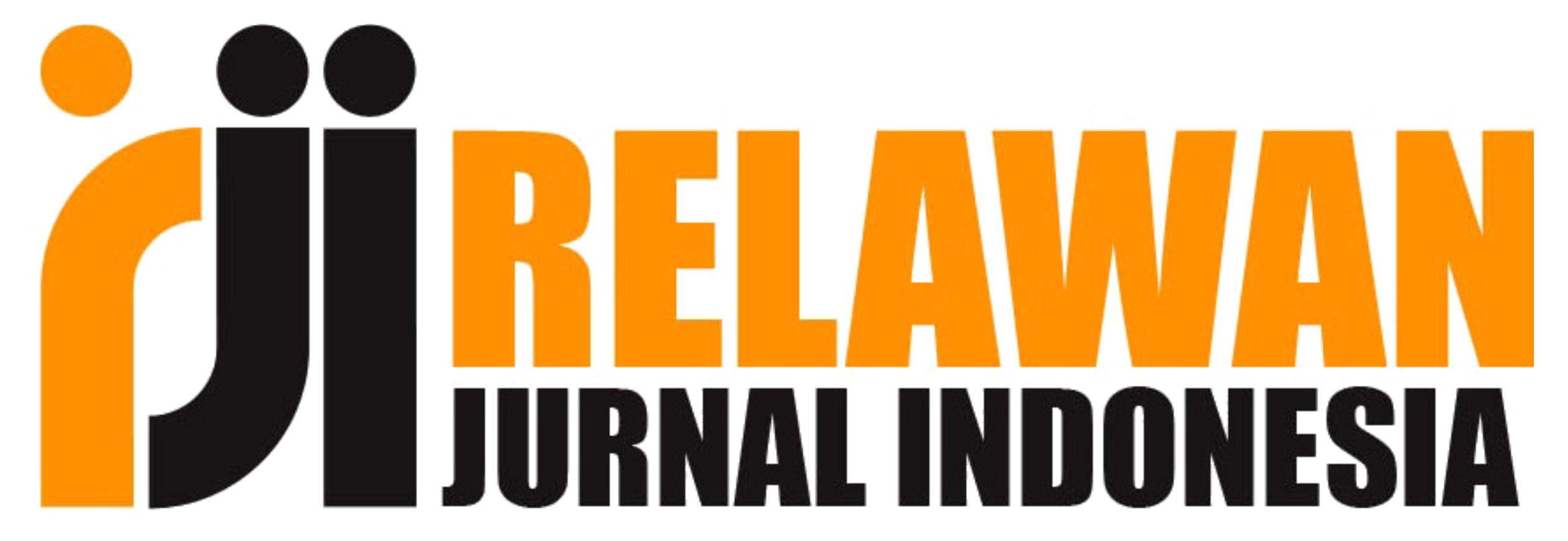The Effect of Earnings Volatility on Borrowers' Cost of Debt: Evidence from Indonesia
Abstract
This study aimed to examine the effect of earnings volatility on borrowers cost of debt. In addition, this study also analyzes the difference effect of earnings volatility on borrowers cost of debt for different industries. Samples were selected by using the purposive sampling method and obtained 1,100 observations from eight industries sector in Indonesia listed in Indonesian Stock Exchange based on the Jakarta Stock Industrial Classification from 2012-2016. Three control variables used in this study were profitability, liquidity and solvency. The result shows that earnings volatility has positive effect on the borrowers cost of debt. The profitability has a negative effect on borrowers cost of debt, nevertheless liquidity and solvency have no effect on borrowers cost of debt. Therefore, every company expected to maintain and stabilize their earnings with generates a good performance of profitability. Furthermore, the result also shows that there is a difference effect of earnings volatility on borrowers cost of debt in each industrial sector in Indonesia listed in Indonesia Stock Exchange. The industrial sector which have significant effects between earnings volatility and borrowers cost of debt were agriculture sector and miscellaneous sector.
Keywords
Full Text:
PDFReferences
Atmaja, L. S. (2008). Teori dan praktek manajemen keuangan. Yogyakarta: Andi Offset.
Aslan, H., & Kumar, P. (2012). Strategic ownership structure and the cost of debt (25). New York: The Review of Financial Studies.
Bharath, S. T., Sunder, J. & Sunder, S. V. (2008). Accounting quality and debt contracting. The Accounting Review, 83 (1), 1-28.
Bhattacharya, N., Desai, H., & Venkataraman, K. (2015). Does earnings quality affect information asymmetry: Evidence from trading costs. Singapore: Research Collection School Of Accountancy, Singapore Management University.
Baxter, N. D. (1967). Leverage, risk of ruin and the cost of capital. The Journal of Finance, 22 (3), 395-403.
Beidleman, C. R. (1973). Income smoothing: The role of management. The Accounting Review 48, 653-667.
Billett, M., Hribar, P., & Liu, Y. (2015). Shareholder-manager alignment and the cost of debt. SSRN: https://ssrn.com/abstract=958991 or http://dx.doi.org/10.2139/ssrn.958991.
Cameron, A. C., & Trivedi, P. K. (2009). Microeconometrics: Methods and application (8th Ed.). Cambridge, England: Cambridge University Press.
Chang, H., Fernando, G. D., and Liao, W. (2009). Sarbanes Oxley Act, perceived earnings quality and cost of capital, Review of Accounting and Finance, 8 (3), 216-231.
Cohen, D. (2003). Quality of financial reporting choice: Determinants and economic consequences. Working Paper of Northwestern University Collins.
Dichev, I. D., and Tang, V. W. (2009). Earning's volatility and earnings predictability. Journal of Accounting and Economics (47), 160-181.
Garcia-Teruel, P. J., Martinez-Solano, P., and Sanchez-Ballesta, J. P. (2014). Supplier financing and earnings quality. Journal of Business Finance & Accounting, 41 (9 and 10), 1193-1211.
Gassen, J., & Fulbier, R. U. (2015). Do creditors prefer smooth earnings? evidence from european private firms. Journal of International Accounting Research, 14.
Han, S. (2010). A cross-country study on the effects of national culture on earnings management. Journal of International Business Studies (41).
Hasan, R., & Quibria, M. (2004). Industry matters for poverty: a critique of agricultural fundamentalism. Kyklos, 57.
Houqe, M., Kerr, R., & Monem, R. (2013). Business strategy and earnings quality. SSRN.
Huq, A. M. (2016). Effect of earnings volatility on cost of debt: the case of swedish limited companies. Falun: Dalarna University.
Jusup, A. (2001). Dasar-dasar akuntansi (2nd Ed). Yogyakarta: STIE YKPN.
Khan, S., & Bradbury, M. E. (2014). Volatility and risk relevance of comprehensive income. Journal of Contemporary Accounting & Economics, 10, 76–85.
Mansi, S., Maxwell, W., & Miller, D. (2011). Analyst forecast charac-teristics and the cost of debt. SSRN.
Masri, I., & Martani, D. (2012). Pengaruh tax avoidance terhadap cost of debt. Proceeding at Simposium Nasional Akuntansi XV Banjarmasin.
Minton, B. A., & Schrand, C. (1999). The impact of cash flow volatility on discretionary investment and the costs of debt and equity financing. Journal of Financial Economics, 54, pp. 423-460.
Nurauliawati, H. (2010). Analisis kinerja perusahaan industri telekomunikasi dengan metode economic value added (Periode 2006-2009). Jakarta: Universitas Indonesia.
Pagalung, G. (2012). The determinant factors of earnings quality and economic consequences. Jurnal Ekonomi dan Keuangan Vol.16 (1).
Prevost, A. K., Rao, R. P., & Skousen, C. J. (2008). Earnings management and the cost of debt. SSRN: https://ssrn.com/abstract=1083808 or http://dx.doi.org/10.2139/ssrn.1083808.
Sekaran, U., & Roger, B. (2013). Research methods for business: A skill-building approach (6th Ed). United Kingdom: John Wiley & Sons Ltd.
Siallagan, H., & Mas’ud, M. (2006). Mekanisme corporate governance, kualitas laba dan nilai perusahaan. Proceeding at Simposium Nasional XI, Padang.
Suryahadi, A., Suryadarma, D., & Sumarto, S. (2009). The effects of location and sectoral components of economic growth on poverty: Evidence from Indonesia. Journal of Development Economics, 89.
Soderstrom, N., Jung, B., & Yang, Y. (2012). Earnings smoothing activities of firms to manage credit ratings. Contemporary Accounting Research.
Torres-Reyna, Oscar. 2007. Panel Data Analysis Fixed and Random Effects using Stata (v.4.2). New Jersey: Princeton University. Retrieved from http://dss.princeton.edu/training/
Trueman, B., & Titman, S. (1988). An explanation for accounting income smoothing. Journal of Accounting Research, 26.
Van B J., Graham, J. R., and Yang, J. (2010). The cost of debt. The Journal of Finance, 65, 2-30.
Wasiuzzaman, S., Sahafzadeh, I., & Rezaie, N. (2015). Prospect theory, Industry Characteristics and Earnings Management. Review of Accounting and Finance, 14.
DOI: http://dx.doi.org/10.24856/mem.v35i1.1196
Article Metrics
Abstract view : 1190 timesPDF - 0 times
Refbacks
- There are currently no refbacks.
Copyright (c) 2020 Media Ekonomi dan Manajemen

This work is licensed under a Creative Commons Attribution 4.0 International License.

This work is licensed under a Creative Commons Attribution 4.0 International License.







